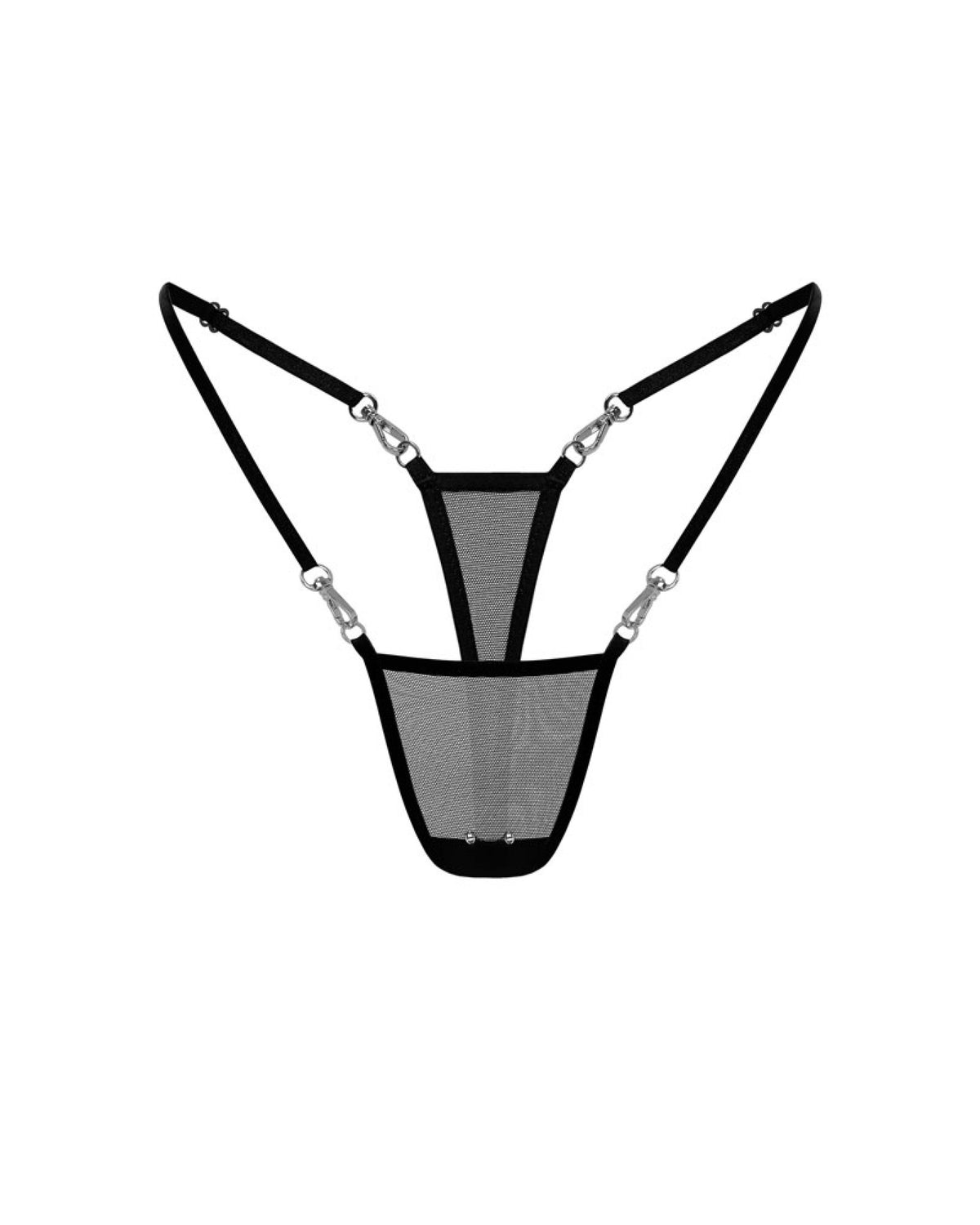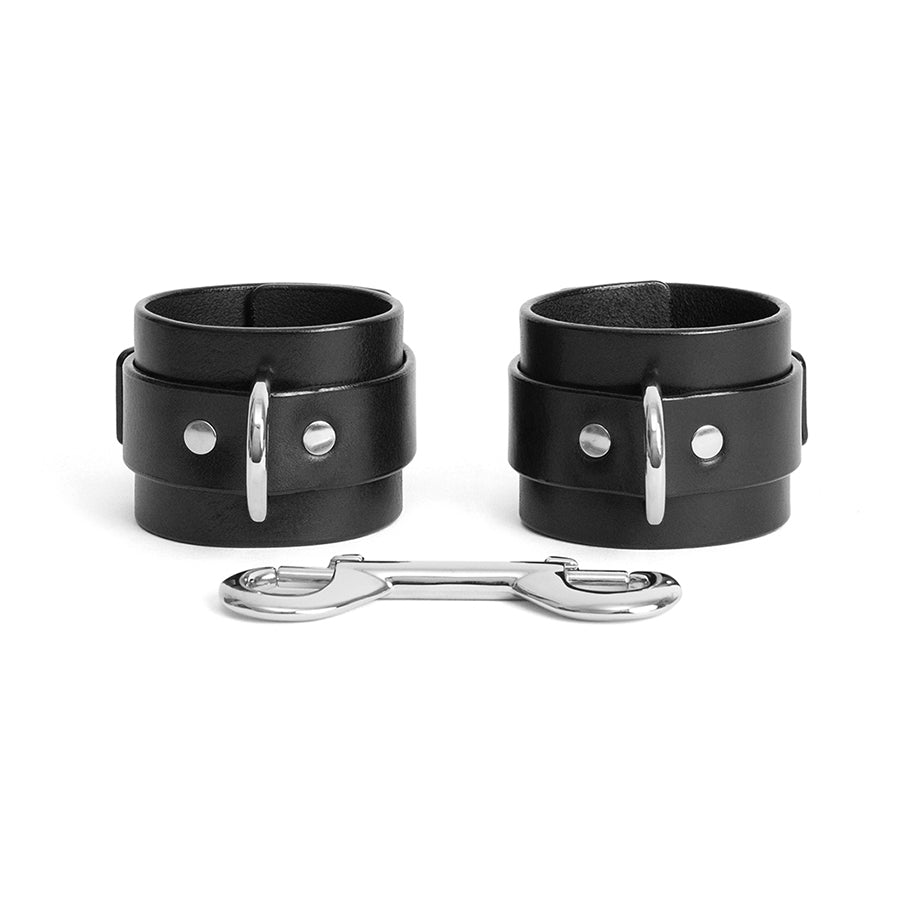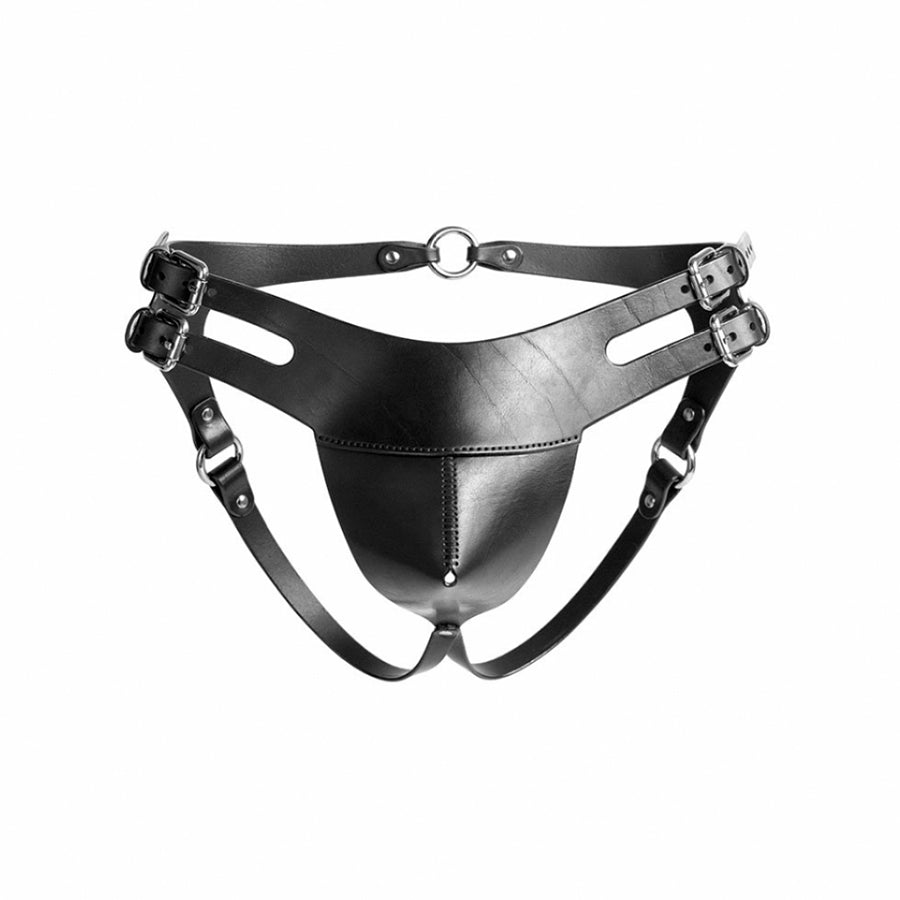
June 02, 2023
Comprensione del sub drop: navigare le conseguenze emotive di BDSM
Impegnarsi in attività BDSM (schiavitù, disciplina, dominanza, sottomissione, sadismo, masochismo) possono essere un'esperienza esaltante e appagante per molti individui. Tuttavia, è importante riconoscere che possono esserci conseguenze emotive e fisiologiche che seguono scene intense. Una di queste conseguenze è conosciuta come "sub drop", che si riferisce al calo emotivo e fisico sperimentato dai sottomessi dopo un'intensa sessione di BDSM. In questo post sul blog, esploreremo perché si verifica un sottocarna, gli ormoni coinvolti in questo processo, perché potrebbe essere più comune nelle relazioni impegnate e fornire alcuni suggerimenti su come navigare e superare il sottosuolo.
Comprensione del sottotitolo
Il Drop -Drop è un fenomeno che si verifica quando il partner "sottomesso" sperimenta un improvviso basso emotivo o un incidente dopo essersi impegnato in una scena BDSM. Questo calo emotivo può manifestarsi in vari modi, tra cui sentimenti di tristezza, ansia, affaticamento, vulnerabilità e persino sintomi fisici come mal di testa o dolori del corpo. È essenziale riconoscere che la caduta del sub non è un riflesso dell'abilità o delle prestazioni del partner dominante, ma piuttosto una risposta naturale del corpo e della mente del sottomesso.
Ormoni e neurotrasmettitori coinvolti
Numerosi ormoni e neurotrasmettitori svolgono un ruolo nell'esperienza del sottoscritto. Durante le scene BDSM, il corpo rilascia endorfine, che fungono da antidolorifici naturali e forniscono un senso di euforia. Tuttavia, una volta terminata la scena, c'è un calo significativo dei livelli di endorfina, che può contribuire allo schianto emotivo. Inoltre, il corpo potrebbe anche sperimentare una diminuzione della serotonina, un neurotrasmettitore responsabile della regolazione dell'umore, che può intensificare ulteriormente i minimi emotivi.

Relazioni impegnate e sottoscritto
Il sottoscritto tende ad essere più diffuso nelle relazioni impegnate per alcuni motivi. In primo luogo, il livello di fiducia e la connessione emotiva tra i partner nelle relazioni impegnate è in genere più forte. Questo legame più profondo può creare una risposta emotiva più intensa durante le scene BDSM, rendendo il calo più pronunciato. In secondo luogo, nelle relazioni impegnate, i partner possono impegnarsi in scene più lunghe o più intense, portando a uno spostamento ormonale più significativo e al successivo calo. Infine, la familiarità e il comfort tra partner impegnati possono creare un ambiente in cui i sottomessi si sentano sicuri di lasciarsi andare, consentendo un rilascio emotivo più profondo.
Superare il sottotitolo
Sebbene il sottocarna può essere una sfida, ci sono diverse strategie che possono aiutare i sottomessi a navigare e superare questo stato emotivo:
- Comunicazione: la comunicazione aperta e onesta con il tuo partner dominante è cruciale. Condividi i tuoi sentimenti, paure e preoccupazioni, permettendo loro di comprendere meglio la tua esperienza. In questo modo, possono offrire supporto e rassicurazione.
- AfterCare: AfterCare è una parte essenziale di qualsiasi dinamica BDSM. Implica la fornitura di conforto, cure fisiche e supporto emotivo al partner sottomesso dopo una scena. Impegnarsi in attività come coccole, tocco delicato o rassicurazione verbale può aiutare a mitigare gli effetti della sottocombrante.
- Auto-cura: dare la priorità alla cura di sé dopo una scena. Impegnati in attività che promuovono il rilassamento e l'autosili, come fare un bagno caldo, praticare la consapevolezza, impegnarsi in hobby o godersi un pasto preferito. È importante concentrarsi sul nutrimento e la cura di te stesso durante questo periodo vulnerabile.
- Stabilire i confini: collaborare con il tuo partner dominante per stabilire confini e limiti chiari durante le scene. Avere una parola o un segnale sicuro può fornire un senso di controllo e sicurezza, contribuendo a ridurre al minimo il potenziale impatto del sub di calo.
- Network di supporto: costruire una rete di supporto di individui affini che comprendono le dinamiche di BDSM. Connettiti con le comunità locali o online, partecipa a seminari o chiedi la guida di un terapeuta esperto in stili di vita alternativi. La condivisione di esperienze con gli altri può offrire validazione, guida e senso di appartenenza.
Conclusione
Il calo del sub è un'esperienza comune all'interno delle dinamiche BDSM, in particolare nelle relazioni impegnate. Comprendere i fattori ormonali ed emotivi che contribuiscono al calo dei sub è fondamentale per la navigazione e il superamento di questo stato vulnerabile. Lussuoso lingerie tale COME bodysuits, vestiti, O calze autoreggenti Può fornire comfort tattile e supporto emotivo, contribuendo ad alleviare il passaggio da scene intense alla vita quotidiana. Promuovendo la comunicazione aperta, praticando l'assistenza post-terapia, dando la priorità alla cura di sé, stabilendo confini e alla ricerca di supporto, gli individui possono ridurre al minimo l'impatto del sub di calo e continuare a esplorare il BDSM in modo sicuro e appagante. Ricorda, l'auto-compassione e la pazienza sono essenziali mentre navighi nelle complessità del tuo unico viaggio BDSM.
FAQ
Q: Cos'è Sub Drop?
UN: Il sottocarlo si riferisce alla bassa e fisica bassa sperimentata dai sottomessi dopo essersi impegnati in un'intensa scena BDSM. Può manifestarsi come sentimenti di tristezza, ansia, affaticamento e vulnerabilità.
Q: Perché si verifica un sub drop?
UN: La caduta sub si verifica a causa dei cambiamenti ormonali e neurotrasmettitori che si svolgono durante le scene BDSM. L'improvvisa riduzione dei livelli di endorfine e serotonina, che sono stati elevati durante la scena, può portare a un incidente emotivo.
Q: Tutti i sottomessi sono inclini alla caduta secondaria?
UN: Sebbene il sottosuolo può accadere a qualsiasi sottomesso, non è un'esperienza garantita per tutti. Fattori come l'intensità della scena, la vulnerabilità personale e la composizione fisiologica e psicologica unica dell'individuo possono influenzare la probabilità di sotto -drop.
Q: Il sottosuolo indica un problema nella relazione BDSM?
UN: No, il calo dei sub è una risposta naturale e non indica un problema all'interno della relazione BDSM. È importante distinguere tra lo stato emotivo temporaneo di sub drop e questioni in corso all'interno della dinamica.
Q: Quanto dura in genere la caduta del sub?
UN: La durata del sottocarna varia da persona a persona. Può durare per alcune ore, un paio di giorni o anche più a lungo. Il processo di recupero di ogni individuo è unico ed è essenziale concederci abbastanza tempo per guarire e riguadagnare l'equilibrio emotivo.
Q: È possibile prevenire la caduta secondaria?
UN: Sebbene il sottoscritto non possa essere completamente prevenuto, alcune strategie possono aiutare a ridurre al minimo il suo impatto. La comunicazione efficace, l'assistenza post-terapia adeguata, l'impostazione dei confini e l'impegno in attività di auto-cura possono contribuire a mitigare gli effetti del sottocromera.
Q: Il drop del sottotitolo è più comune nelle relazioni impegnate?
UN: Sì, la caduta secondaria tende a verificarsi più frequentemente nelle relazioni BDSM impegnate. La profonda connessione emotiva, le scene più lunghe e intense e un maggiore senso di fiducia e vulnerabilità contribuiscono a un'esperienza secondaria più pronunciata.
Q: Come posso supportare il mio partner sperimentando il calo secondario?
A: Supportare un partner che sperimenta il calo secondario comporta una comunicazione attiva, praticare assistenza post -terapia, fornire comfort fisico, offrire rassicurazione e essere comprensiva e paziente. È fondamentale creare un ambiente sicuro e nutriente per il tuo partner durante questo tempo vulnerabile.
Q: Quando dovrei cercare un aiuto professionale per il sottocromera?
UN: Nella maggior parte dei casi, Sub Drop è uno stato emotivo temporaneo che può essere gestito con la cura di sé e il supporto. Tuttavia, se i sintomi persistono o interferiscono in modo significativo con il funzionamento quotidiano, può essere utile cercare la guida di un terapeuta sperimentato nelle dinamiche BDSM.
Q: Può essere positivo o trasformativo?
UN: Mentre la caduta sub è comunemente associata alle emozioni negative, può anche avere aspetti positivi. Il rilascio emotivo e l'introspezione che derivano da sub drop possono contribuire alla crescita personale, all'aumento dell'autocoscienza e alla comprensione più profonda dei propri bisogni e desideri all'interno delle dinamiche BDSM.






